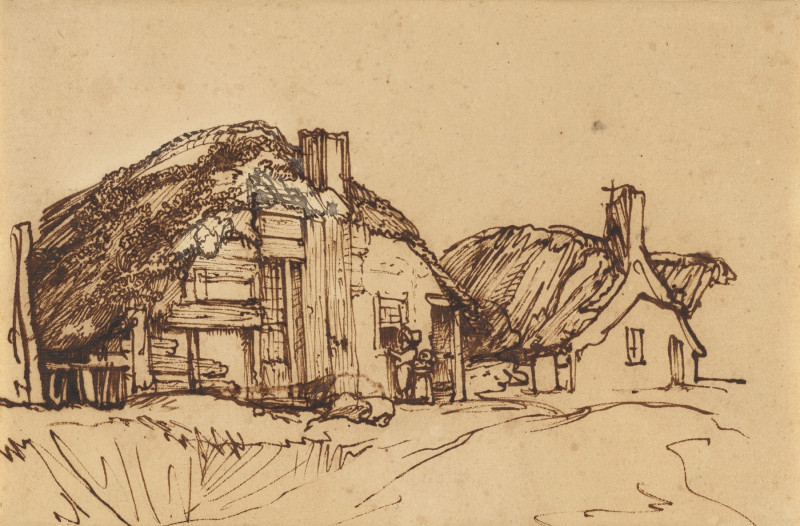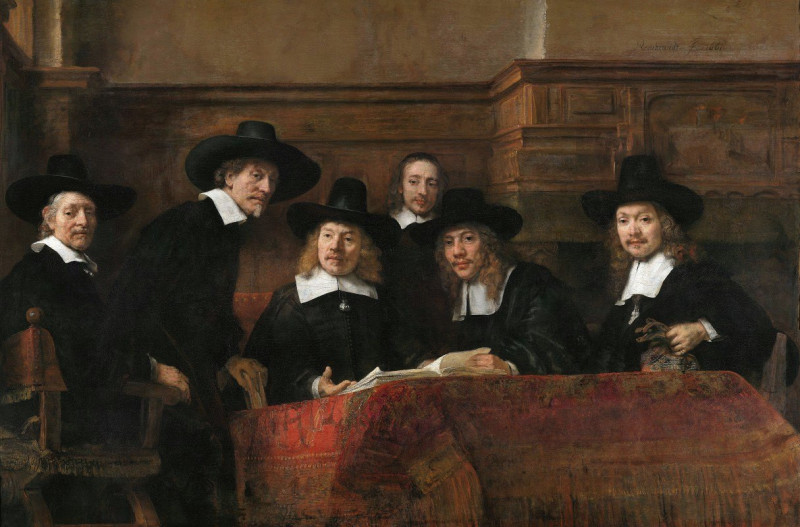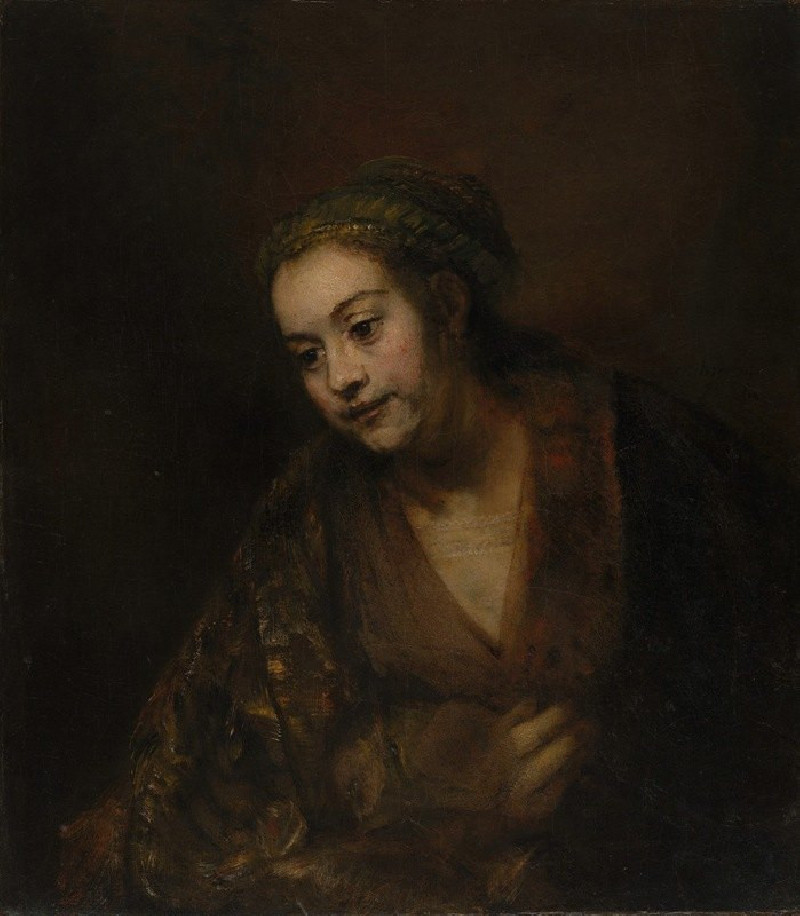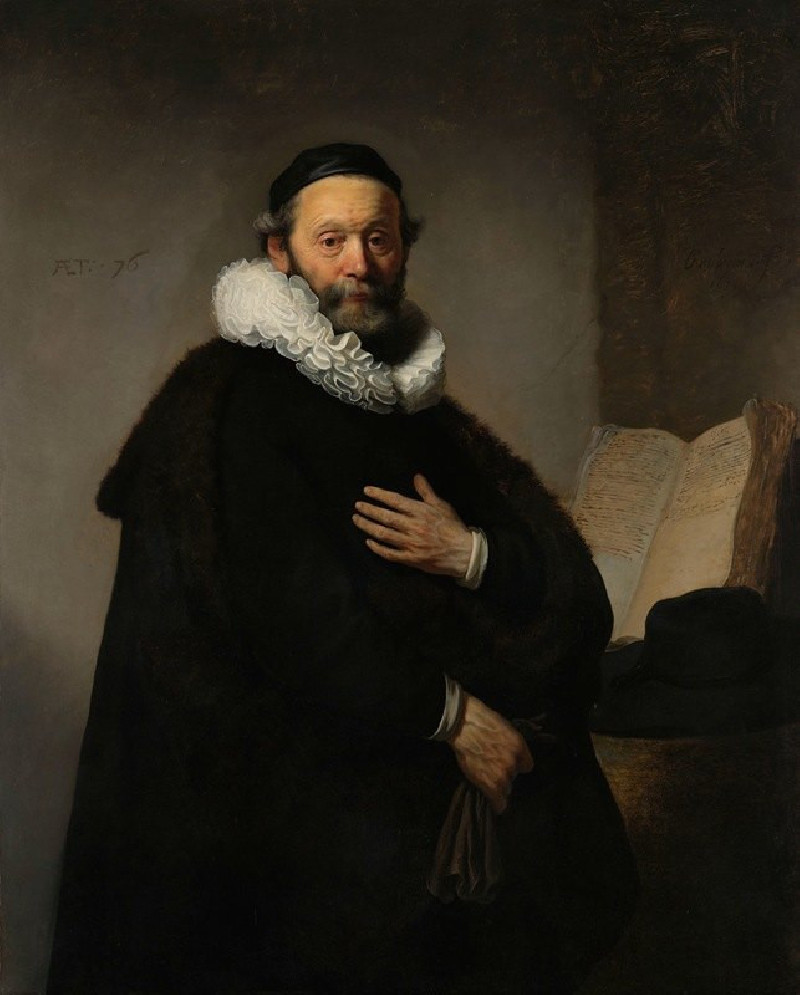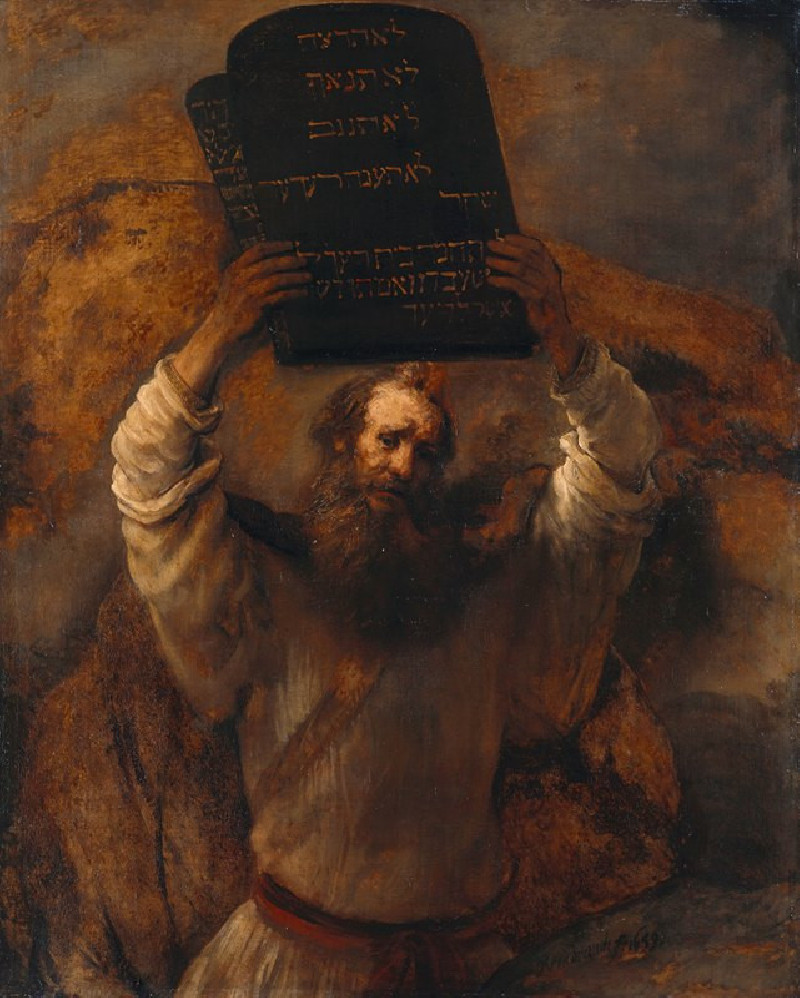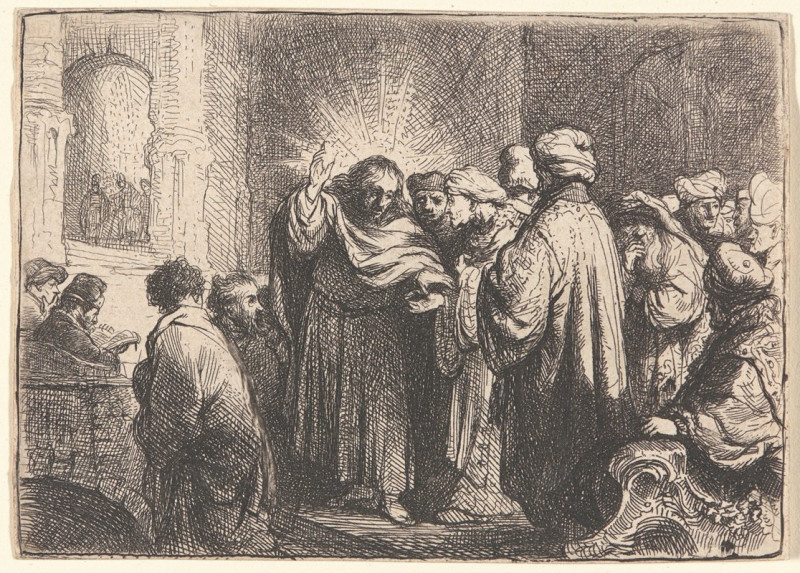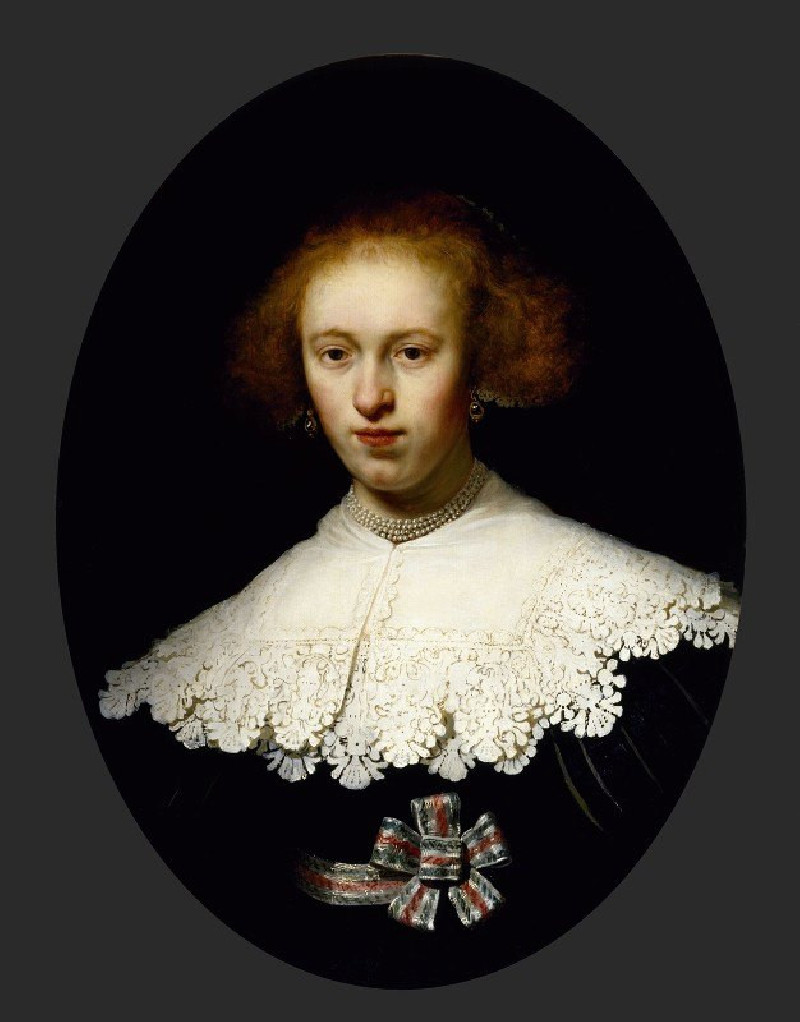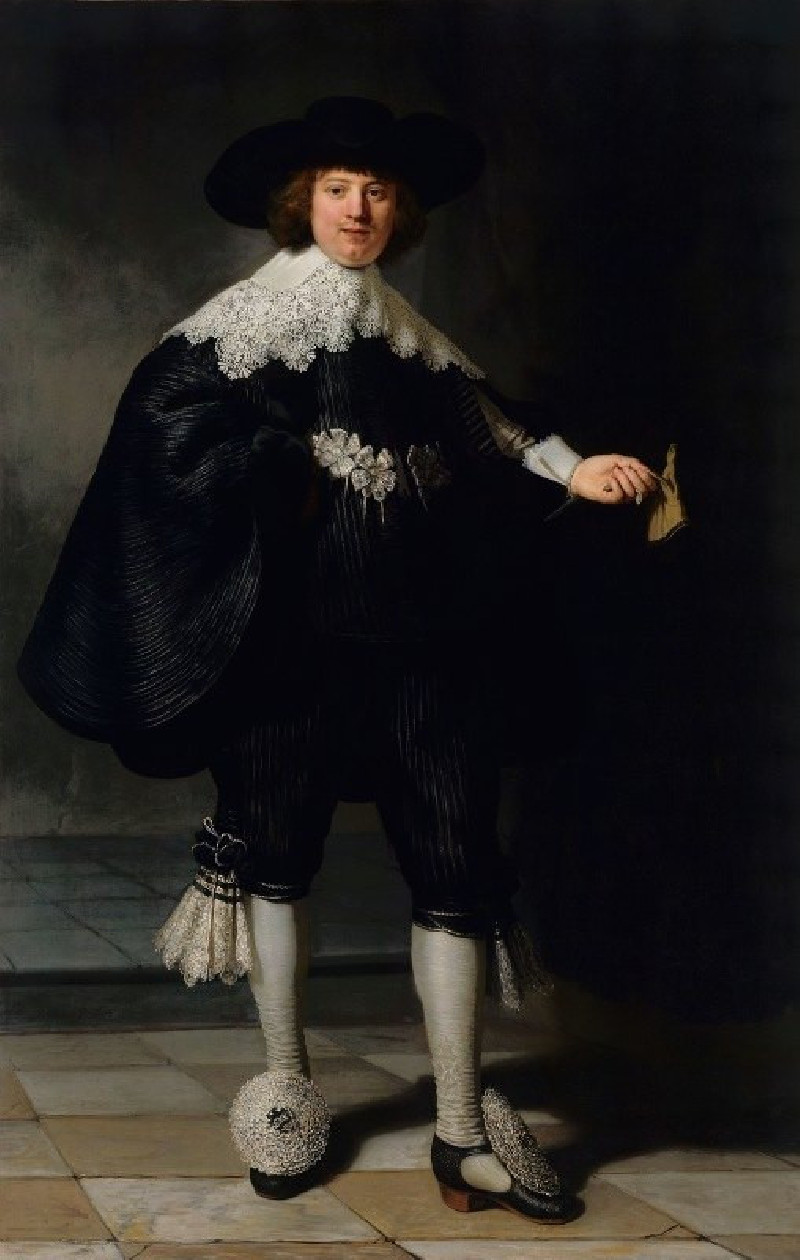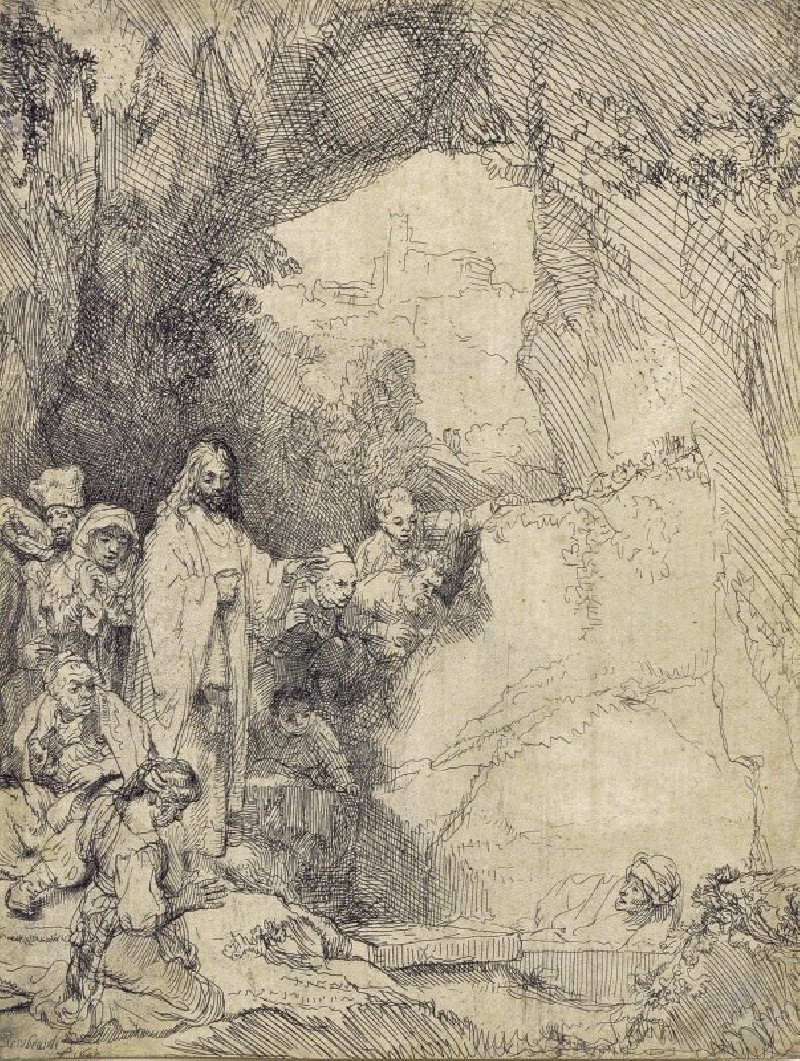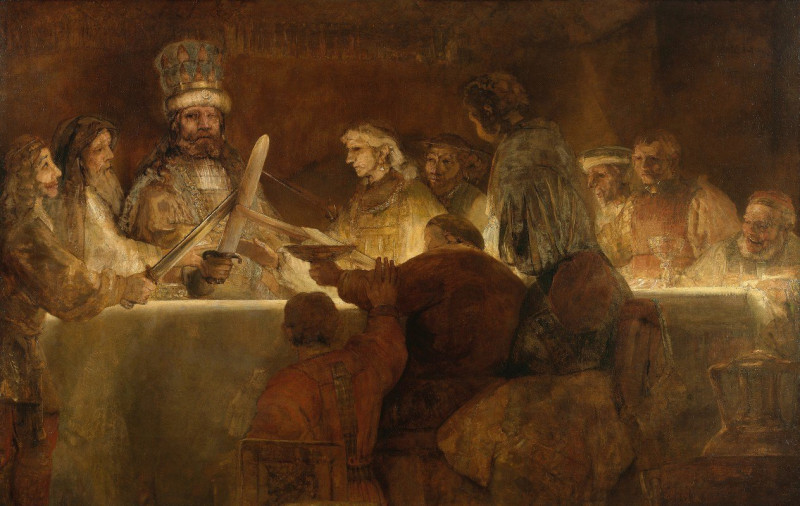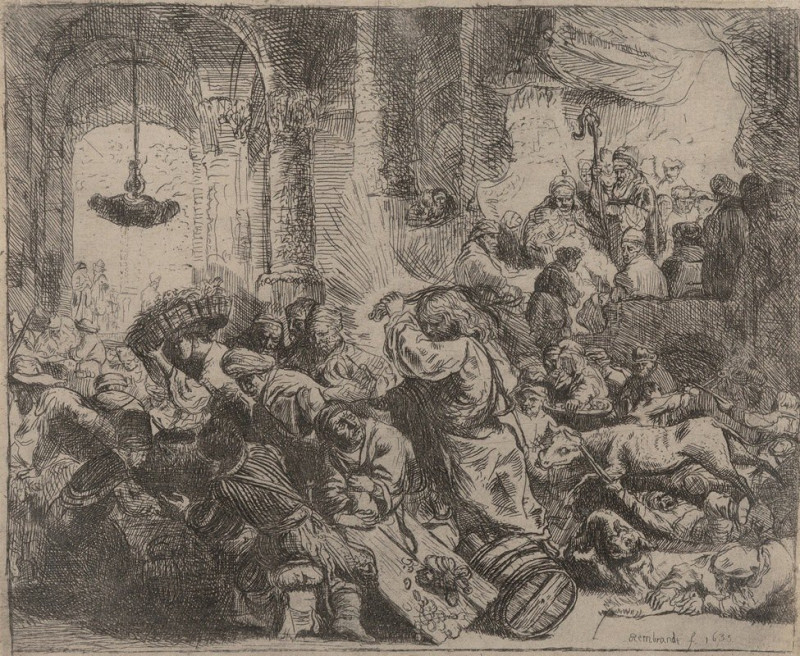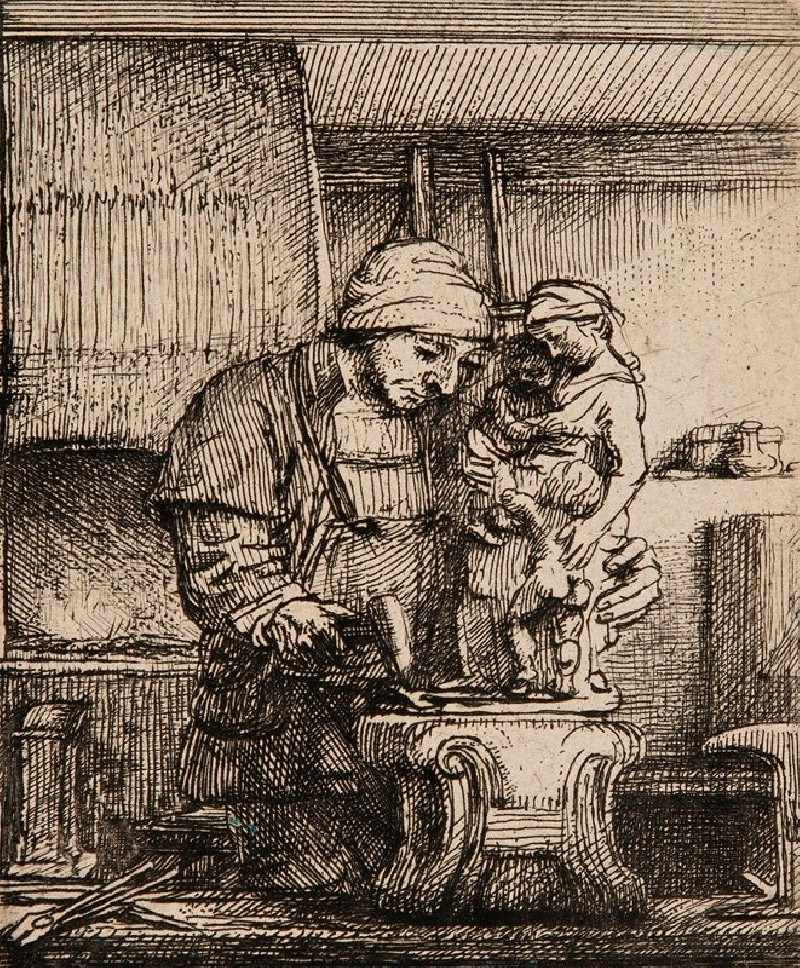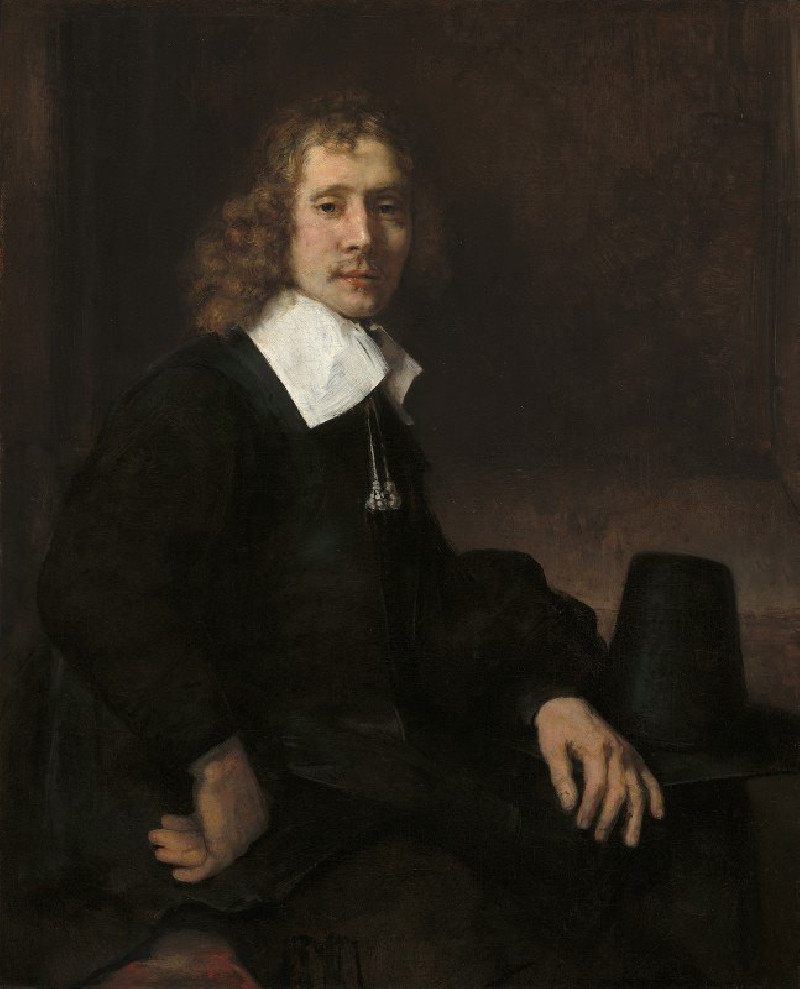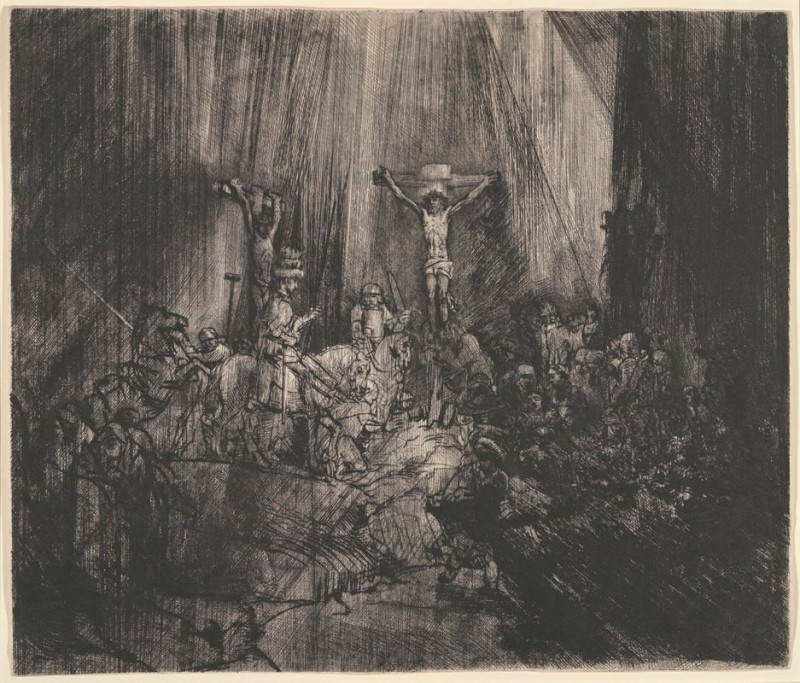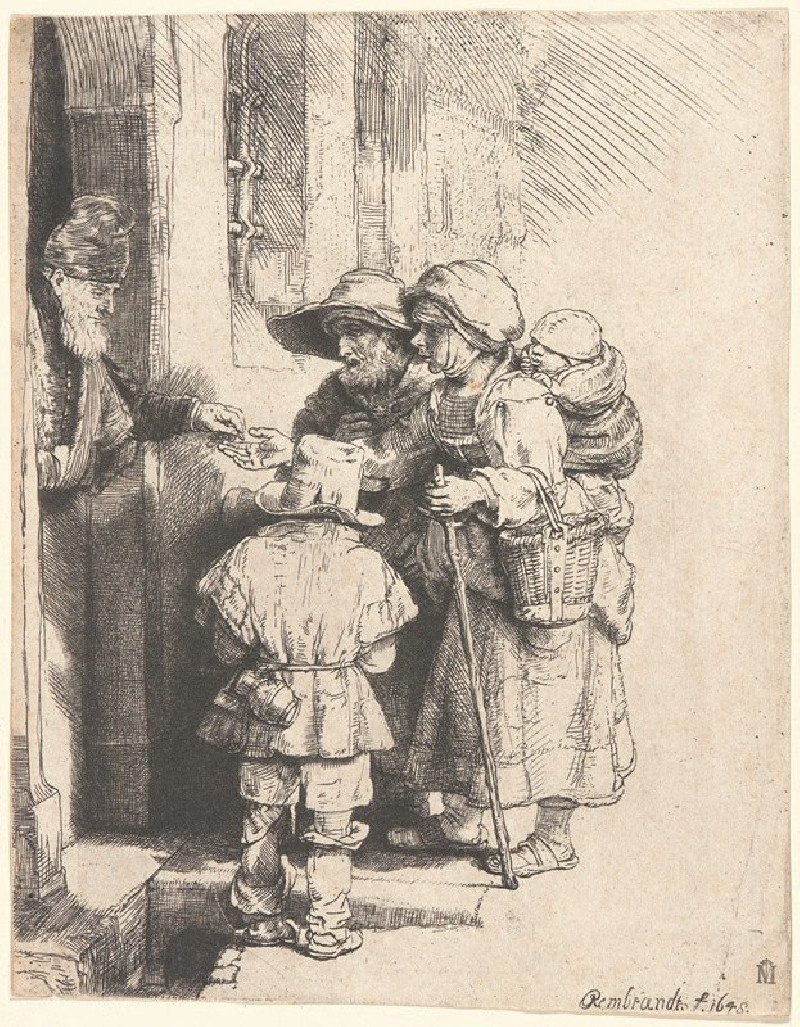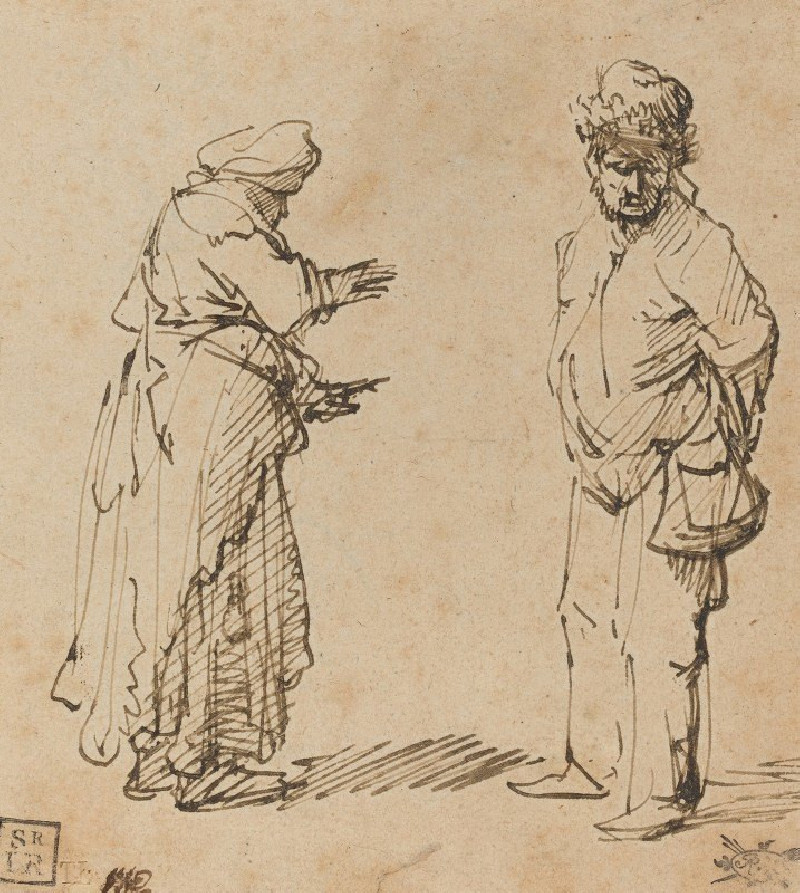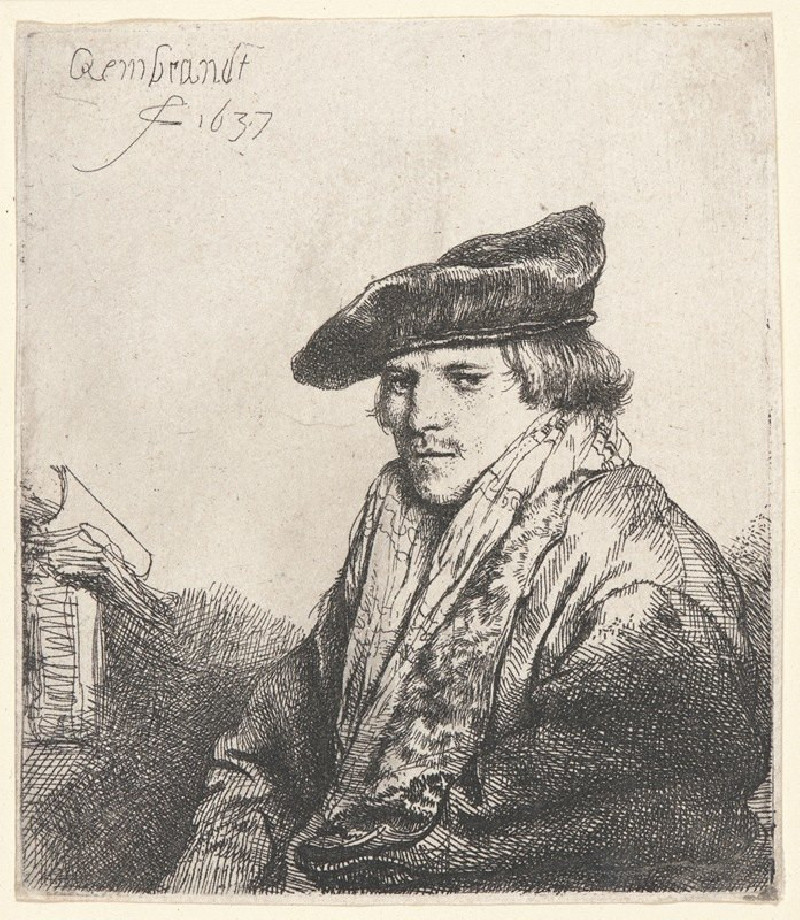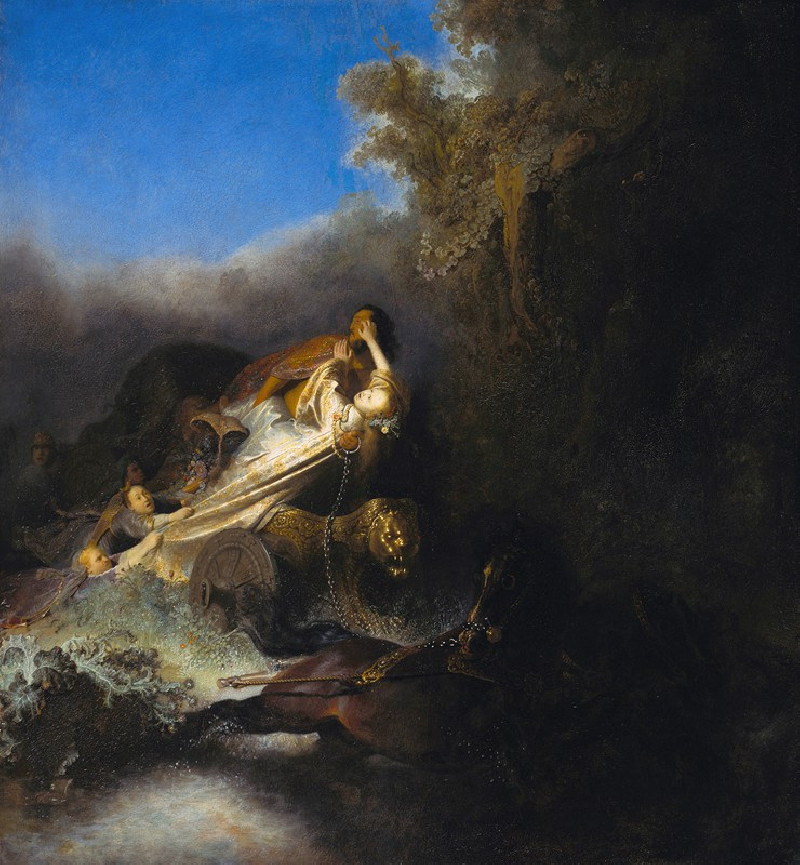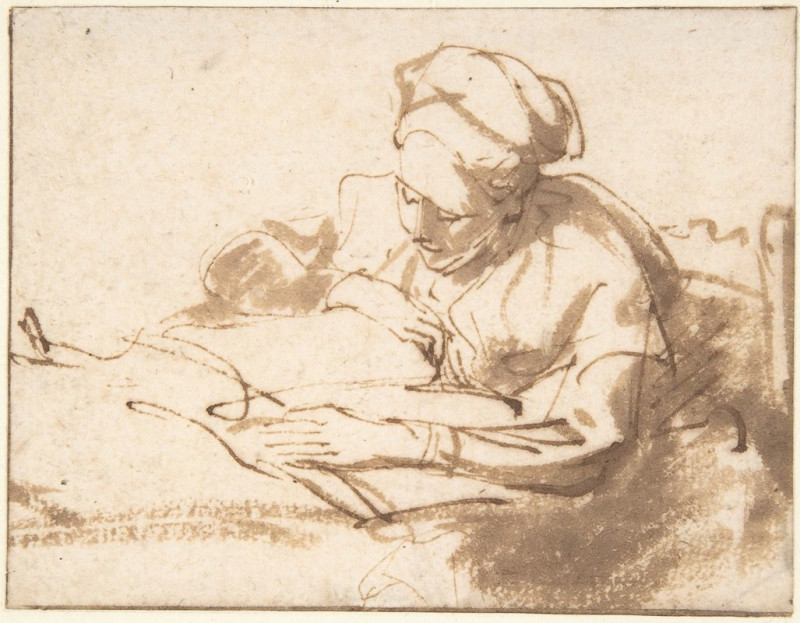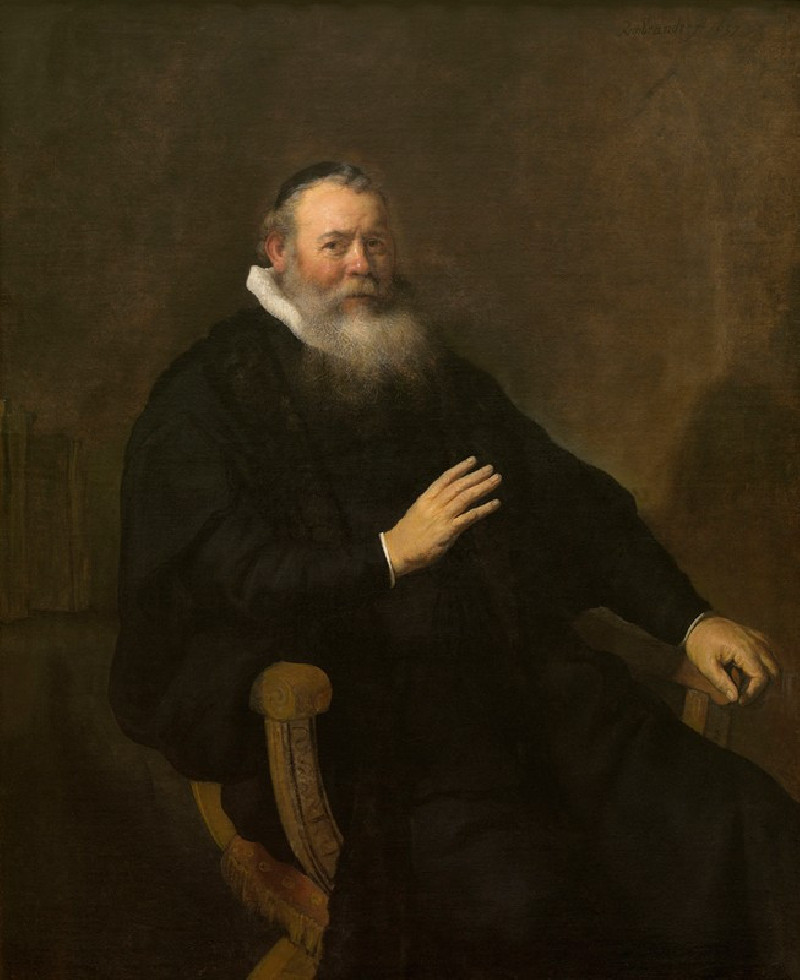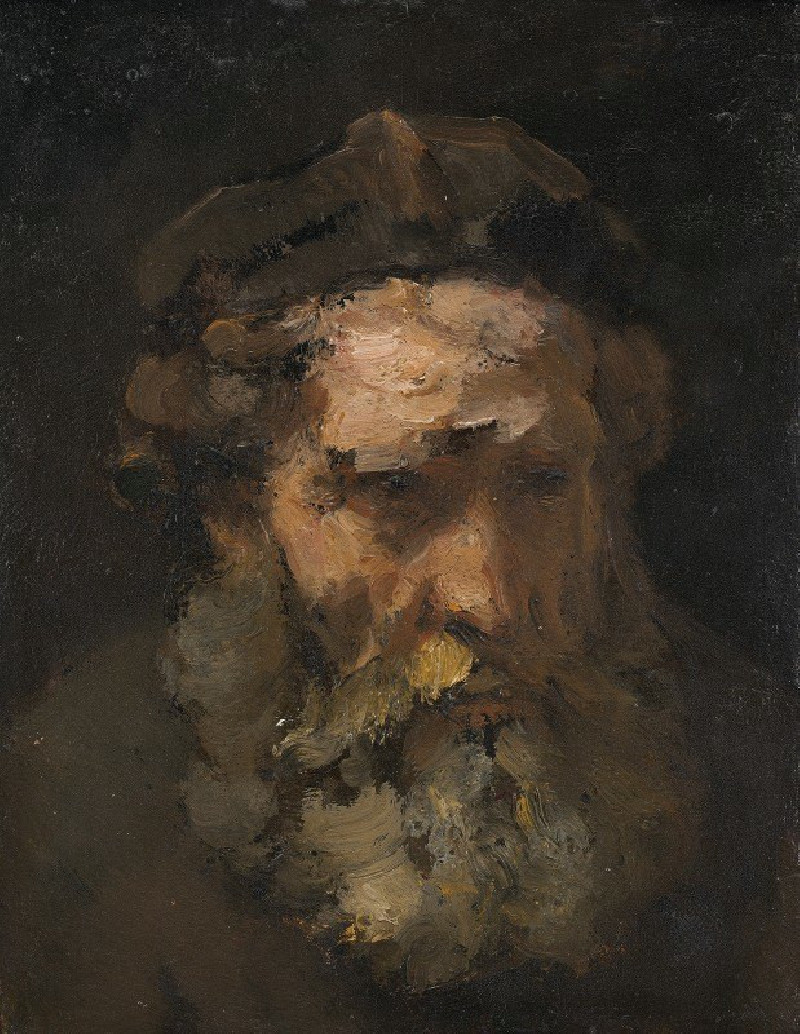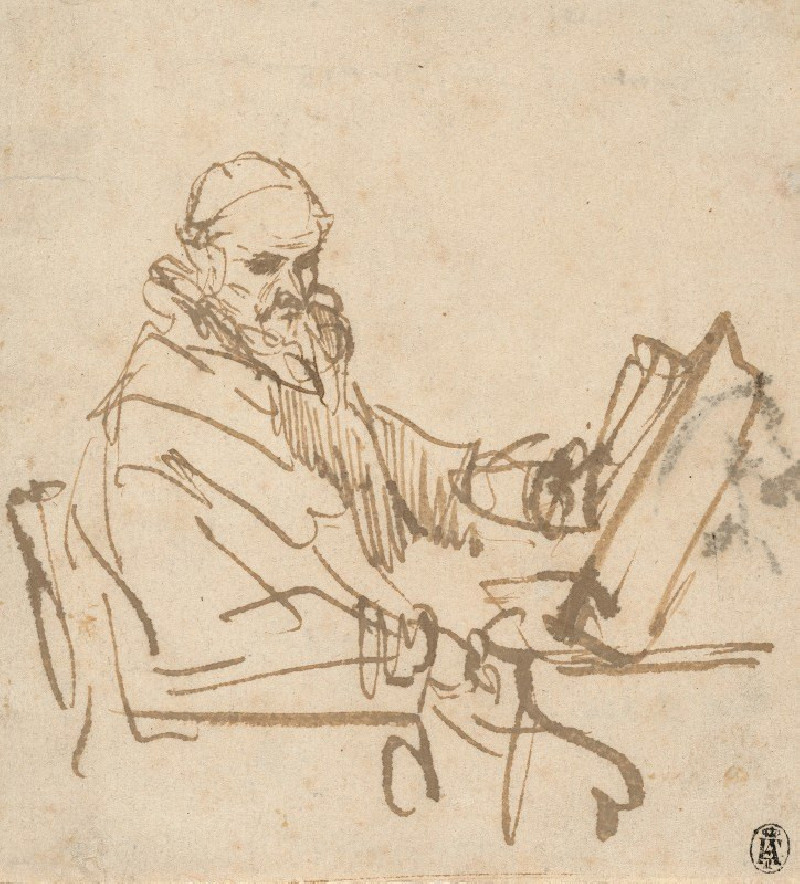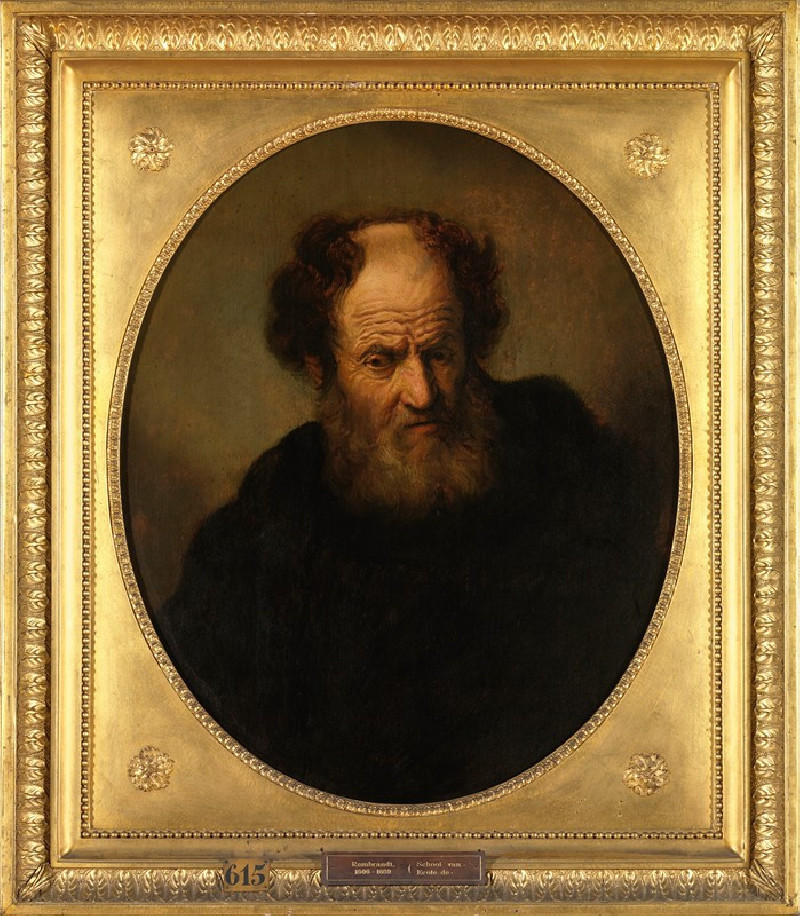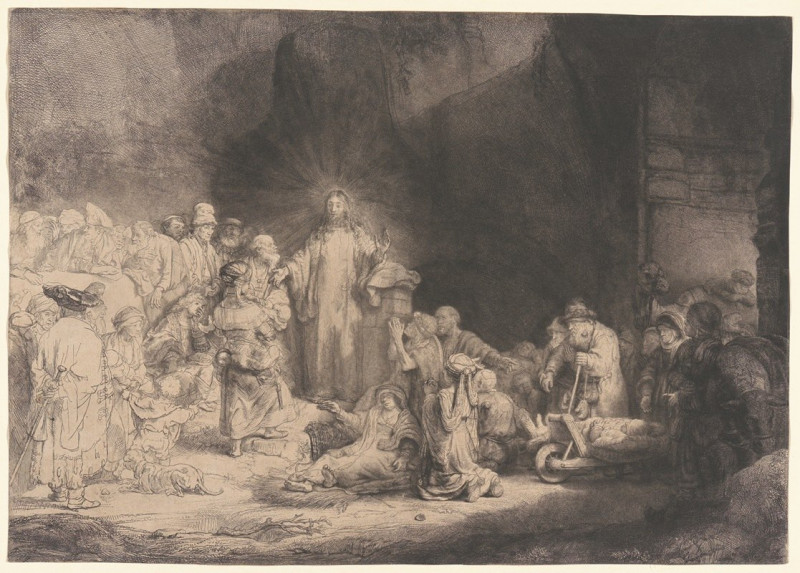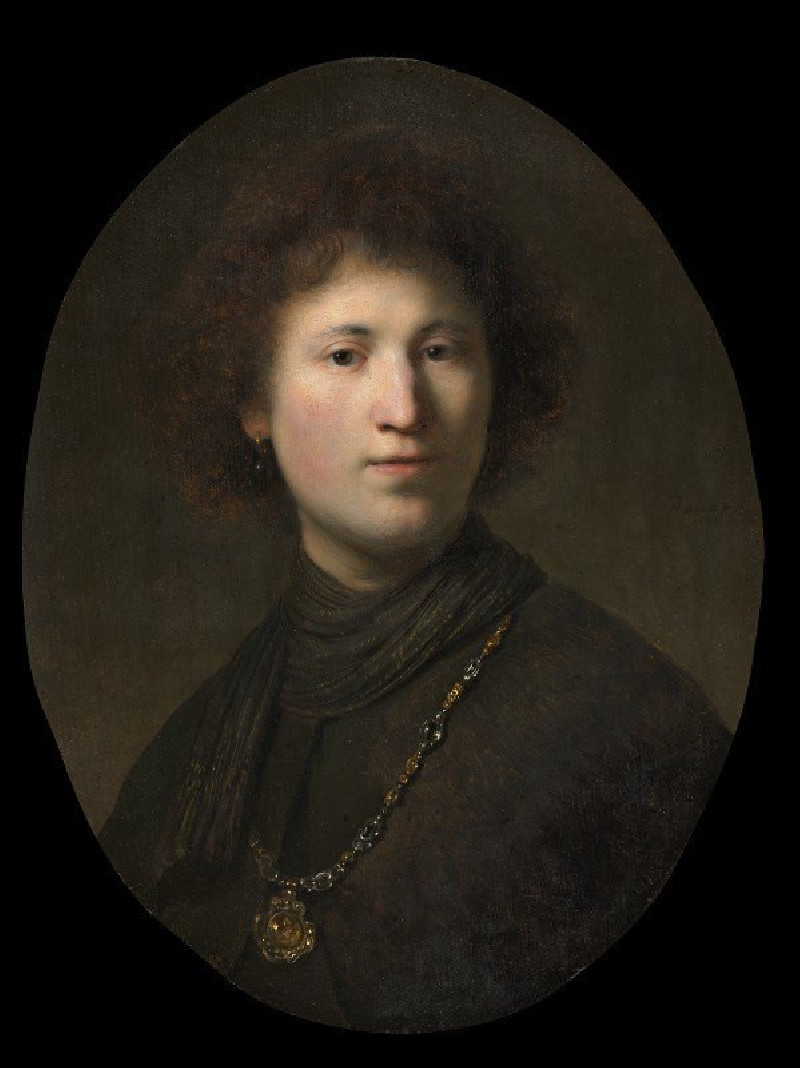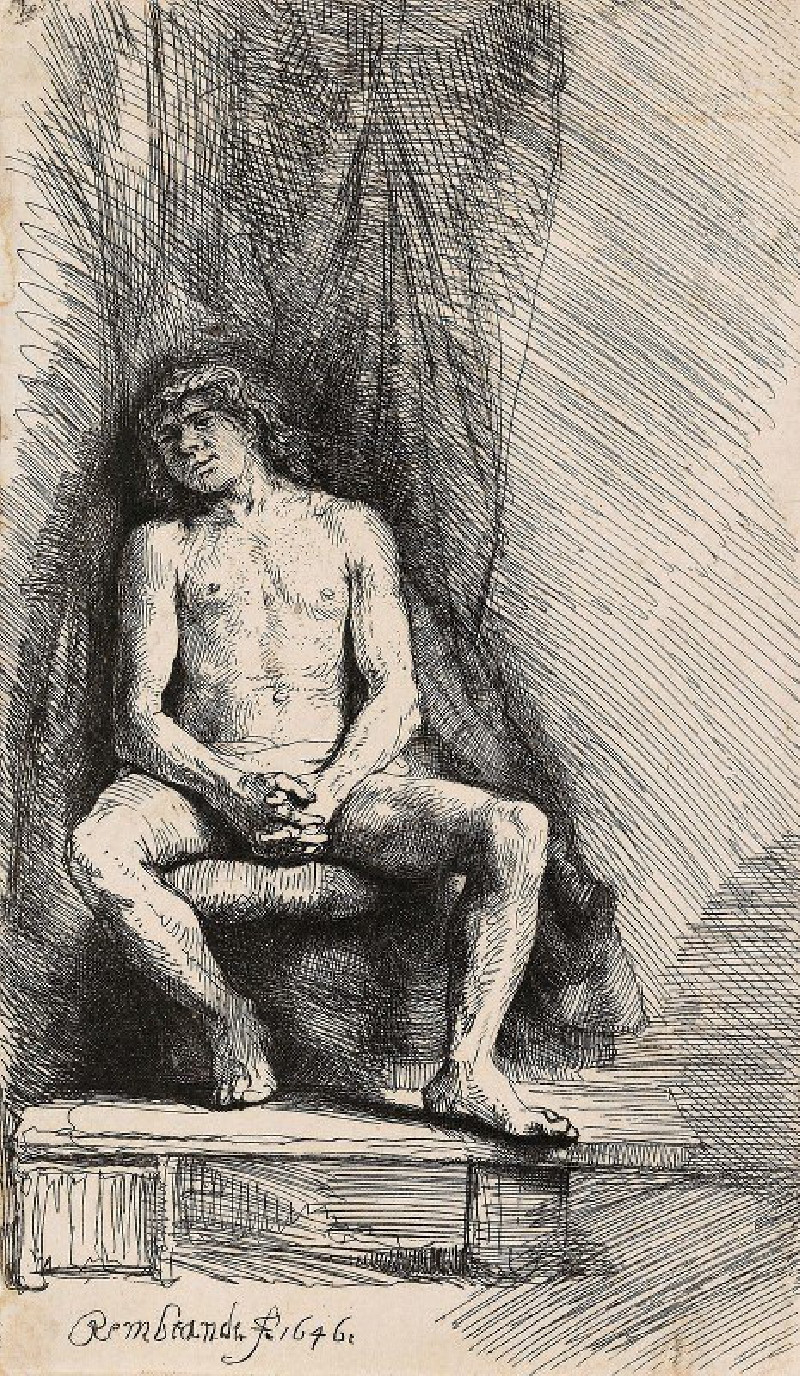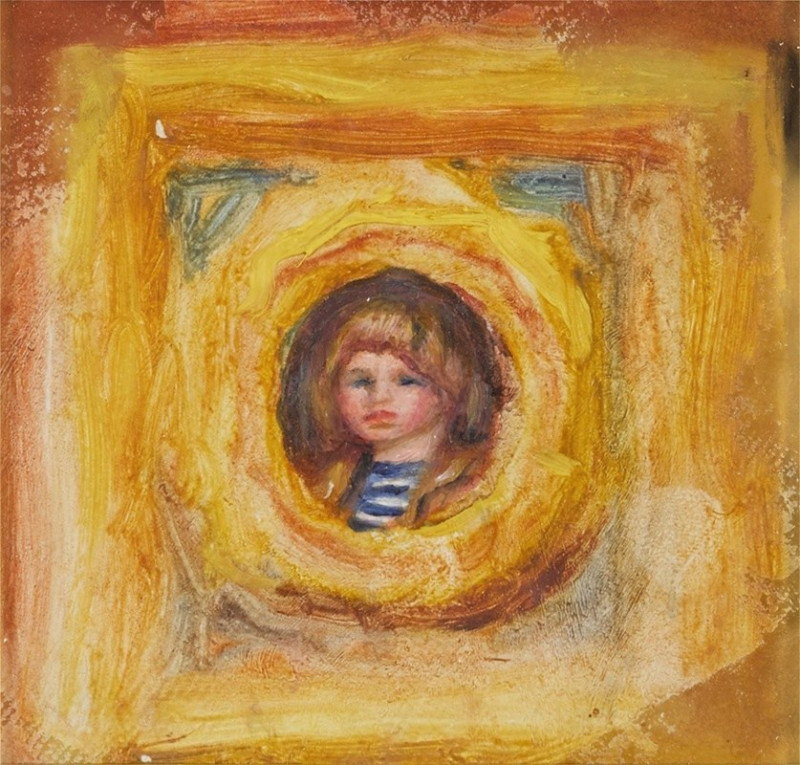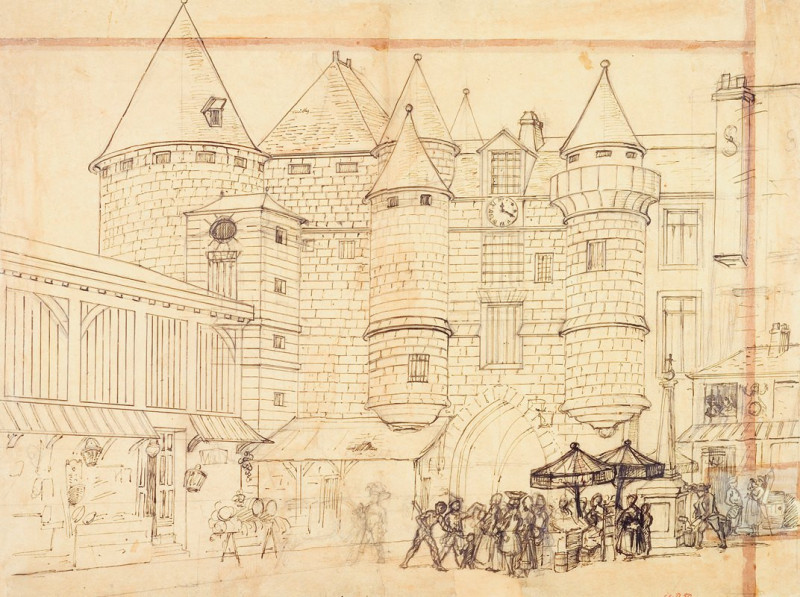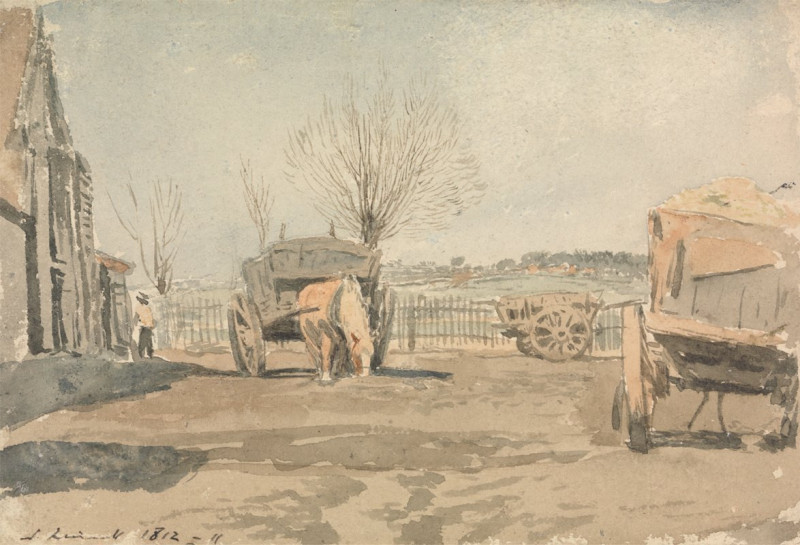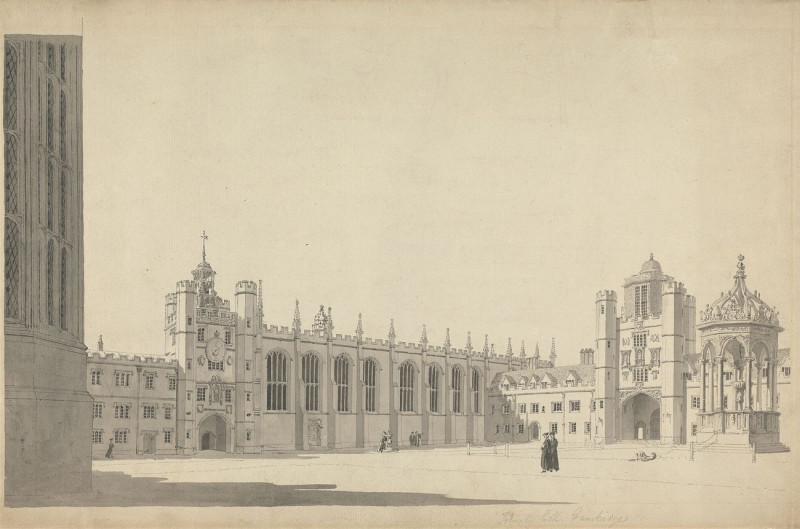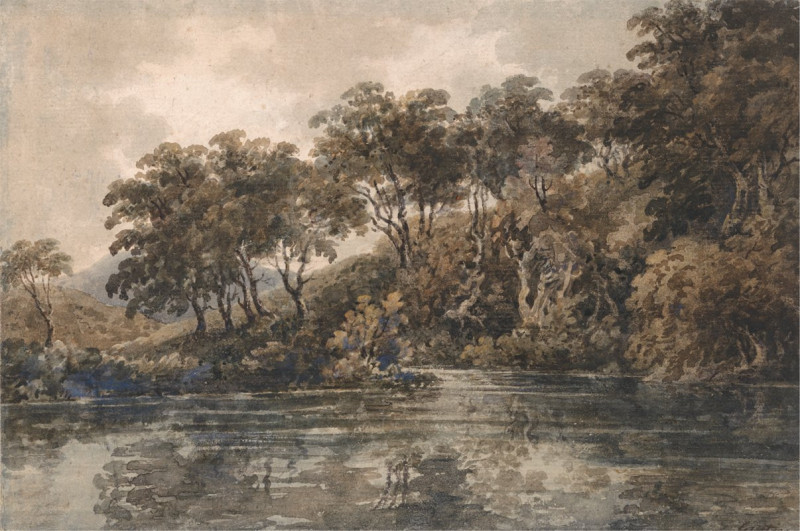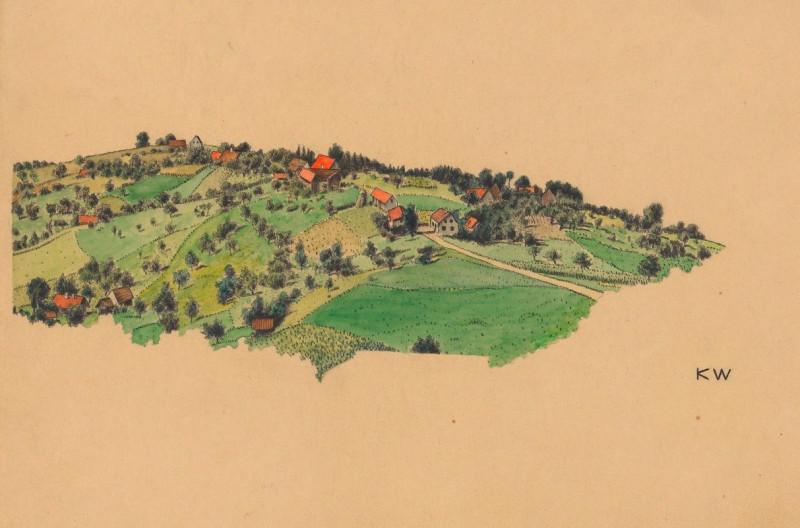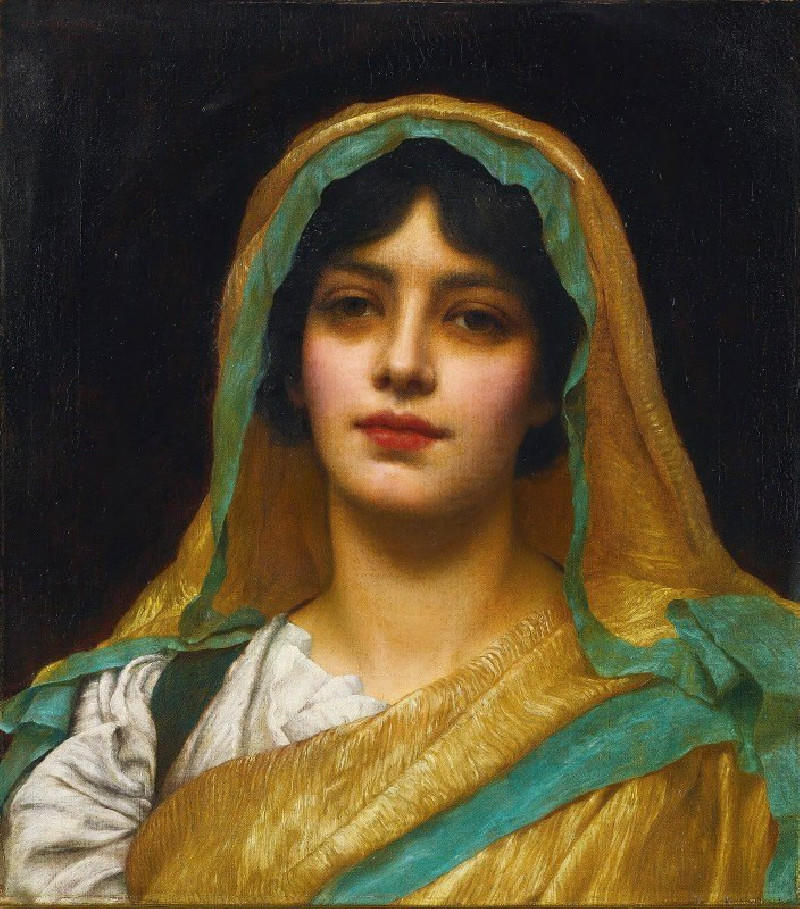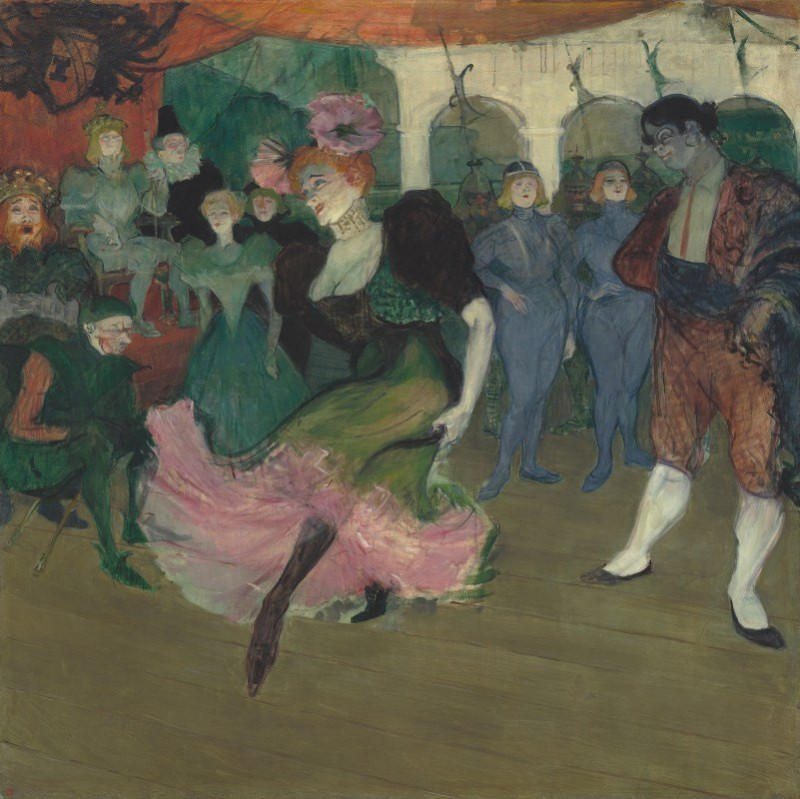Rembrandt and Saskia in the Scene of the Prodigal Son (circa 1635)
Technique: Giclée quality print
Recommended by our customers
More about this artwork
We are delighted to present "Rembrandt and Saskia in the Scene of the Prodigal Son," a captivating painting by the renowned Dutch master, Rembrandt van Rijn, created around 1635. This piece stands out as an intimate glimpse into the personal life of the artist, blended with a biblical theme, illustrating Rembrandt's innovative approach to traditional subjects.The painting depicts Rembrandt himself, adorned in lavish attire characteristic of the prodigal son, with a broad, engaging smile and a raised glass of wine, symbolizing celebration and excess. Beside him, his wife Saskia van Uylenburgh takes on the role of a supportive and perhaps admonitory figure. Dressed in an elegant, golden-toned garment that reflects her status and beauty, Saskia appears both a part of and apart from the merriment, suggesting a complex interplay of complicity and caution.Set against a dimly lit, ambiguous background that focuses our attention on the figures themselves, the painting is rich with textures and the warm, glowing tones that Rembrandt is famous for. His use of chiaroscuro—the contrast of light and shadow—brilliantly highlights the expressions and interactions of the characters, adding depth and emotion to the scene."Rembrandt and Saskia in the Scene of the Prodigal Son" is not just a portrayal of Biblical narrative but a personal commentary, intertwining his own life and relationships within the broader moral tales to which he was drawn.
Delivery
Returns
Rembrandt Harmenszoon van Rijn was a Dutch draughtsman, painter, and printmaker. An innovative and prolific master in three media, he is generally considered one of the greatest visual artists in the history of art and the most important in Dutch art history. Unlike most Dutch masters of the 17th century, Rembrandt's works depict a wide range of style and subject matter, from portraits and self-portraits to landscapes, genre scenes, allegorical and historical scenes, and biblical and mythological themes as well as animal studies.


